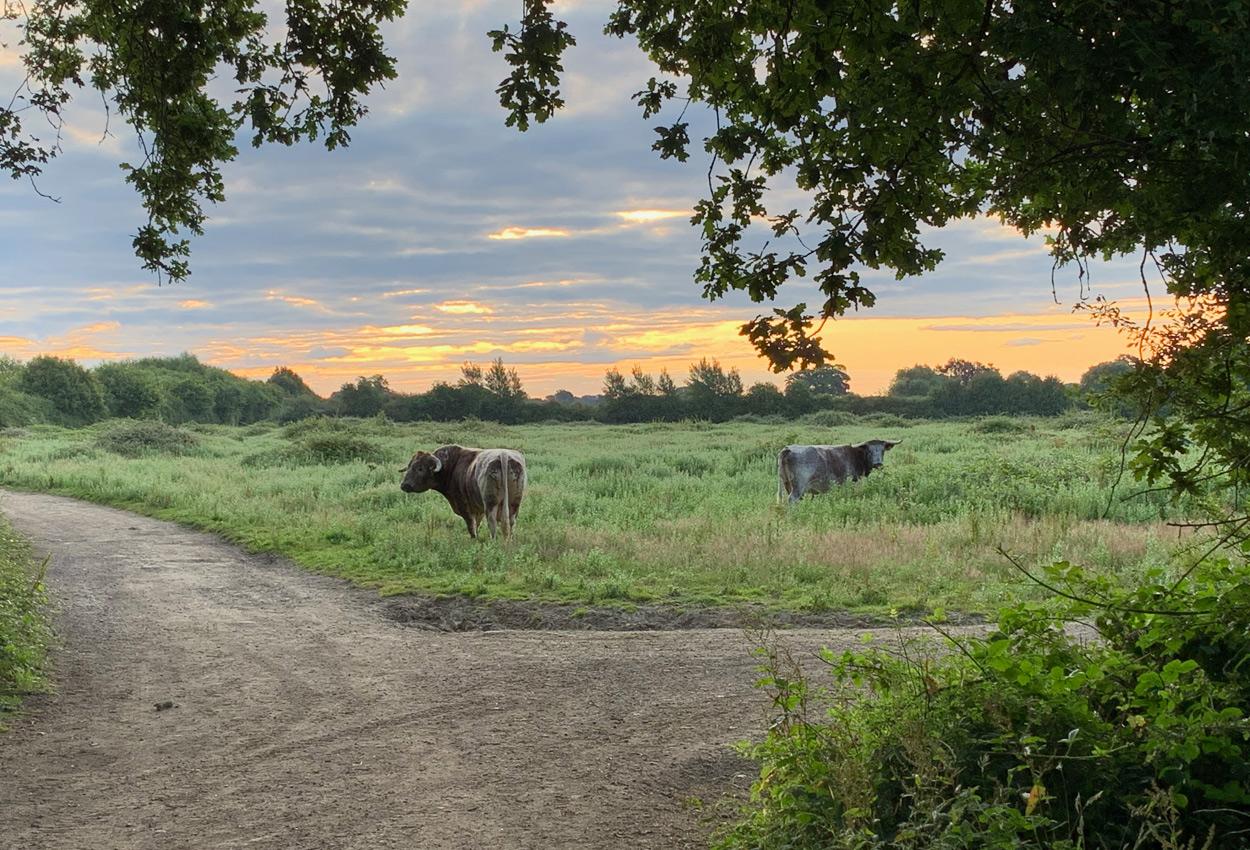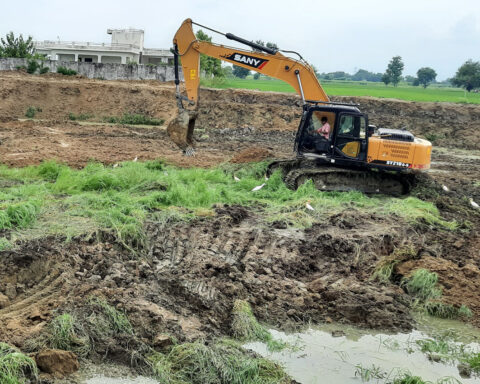Every trick that has occurred to environmentalists, forest departments, governments and even the judiciary has been tried to regreen the surface of the earth and check environmental deterioration — be it planting more trees or curbing forest fires or cordoning off forest areas as national parks and bio reserves. But they have had limited impact in checking rising global temperatures or devastating forest fires that have torn through large swathes of North America, Europe, Africa, Asia and Australia. The first two decades of the 21st century have been the hottest years on record compared to 20th century average global temperatures, as shown by the heat map trends of the Climate Council.
Though the current technologies do not offer the luxury of completely eliminating the use of fossil fuels, reducing dependency on and consumption of the biggest generator of greenhouse gases (GHG) can serve as an important step by replacing them with cleaner fuels. This has to be combined with carbon sequestration or reabsorbing the released carbon dioxide for achieving net-zero emission and then striving to achieve the stage where the absorption of GHG exceeds their generation. Regreening or afforestation is one of the best-known ways of sequestering carbon and studies show that the biosphere (forests, soils and wetlands) currently absorbs and stores about 6.2 billion tonnes of carbon dioxide more than it releases each year.
As the older methods of afforestation and regreening have achieved limited success and technologies for carbon sequestering are still in the initial stages of development, it would appear that the world is approaching a dead end from which it still does not know how to get out. There is even talk about making environment protection ‘market-friendly’ through the little understood concept of trading in carbon credits. But whether this will succeed is still a matter of speculation.
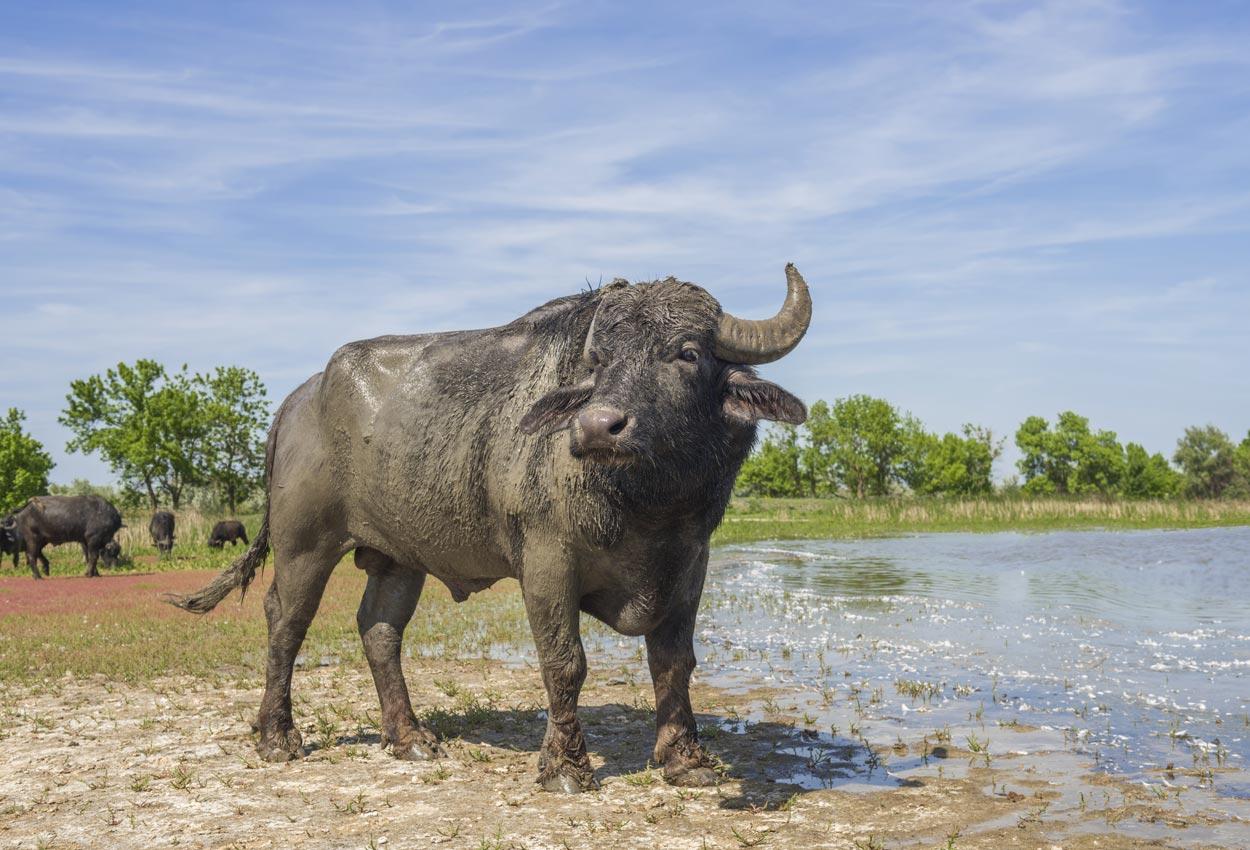
In this scenario, a ray of light can be perceived in an approach being tried in many parts of the world by ecologists known as ‘rewilding’. The Netherlands-based True Nature Foundation describes this new approach to environment protection as restoring natural processes and wilderness areas. The UK-based Trees for Life, which is leading rewilding efforts in Scotland, goes further. Rewilding, it says, is about working with nature, natural processes and seeing human activity as part of an intricate system in which everything is connected. Rewilding, therefore, is a holistic process and not confined to reintroduction or conservation of one or two endangered species.
As against this, votaries of the conventional versus non-conventional energy source approach envisage that the adoption of renewable energy sources and devices like electric vehicles will reduce carbon emissions and reverse global warming. However, electric vehicles can only succeed in reducing the carbon footprint if they draw a substantial part of their power from renewable sources of energy like solar or wind, which have limited production capacities at the moment.
Besides, compared to conventional coal-fired and oil-fired power plants, renewable energy production too suffers from drawbacks which are yet to be overcome. Though all these approaches will help in decarbonising the environment, they won’t necessarily repair the damage to it. Besides, the success of regreening and afforestation remains questionable, particularly since they are dominated by industrial social forestry.
Expressed in simple terms, rewilding means reintroducing animals and plants in areas from which they had disappeared due to human activity and natural resource exploitation in the hope that this will help restore the earlier ecosystem that has been lost. Precisely how this could work in practice is brought out by the reintroduction of domestic water buffaloes in the Danube delta, bordering Ukraine and Romania, in an effort to revive the ecosystem prevalent in Eastern Europe until just a century ago. It is believed that the water buffalo was brought into Europe from Asia by Eurasian nomads somewhere around the fifth century, according to an article in the US-based conservation non-profit platform, Mongabay. Since their introduction more than 1,500 years ago, they were part of Eastern Europe’s natural ecosystem until the 20th century.
However, collective farming in the former Soviet Union delivered a virtual death blow to the Eastern European water buffalo of whom only a few are left today. “Just a few dozen buffaloes are left in the Carpathians,” according to Katya Kurakina of Rewilding Ukraine. The numbers came down drastically following mass slaughter, as buffaloes lost their role in communities when farms were collectivised. They were brought together in big herds, which were difficult to control and therefore slaughtered.
Expressed in simple terms, rewilding means reintroducing animals and plants in areas from which they had disappeared due to human activity and natural resource exploitation
Michel Jacobi, 36, a German now settled in Ukraine, has played a key role in building a small herd of water buffaloes in the Carpathians over the past decade. A couple of years ago, 18 of them were released on the 3,500-hectare Ermakov Island in the Danube delta in Ukraine.
The Danube is a major river that flows across seven European countries and drains into the Black Sea in Ukraine. Ten years ago, dykes were broken to allow seasonal flooding of the island by the river. The buffaloes are expected to help engineer the ecosystem in this island back to earlier times.
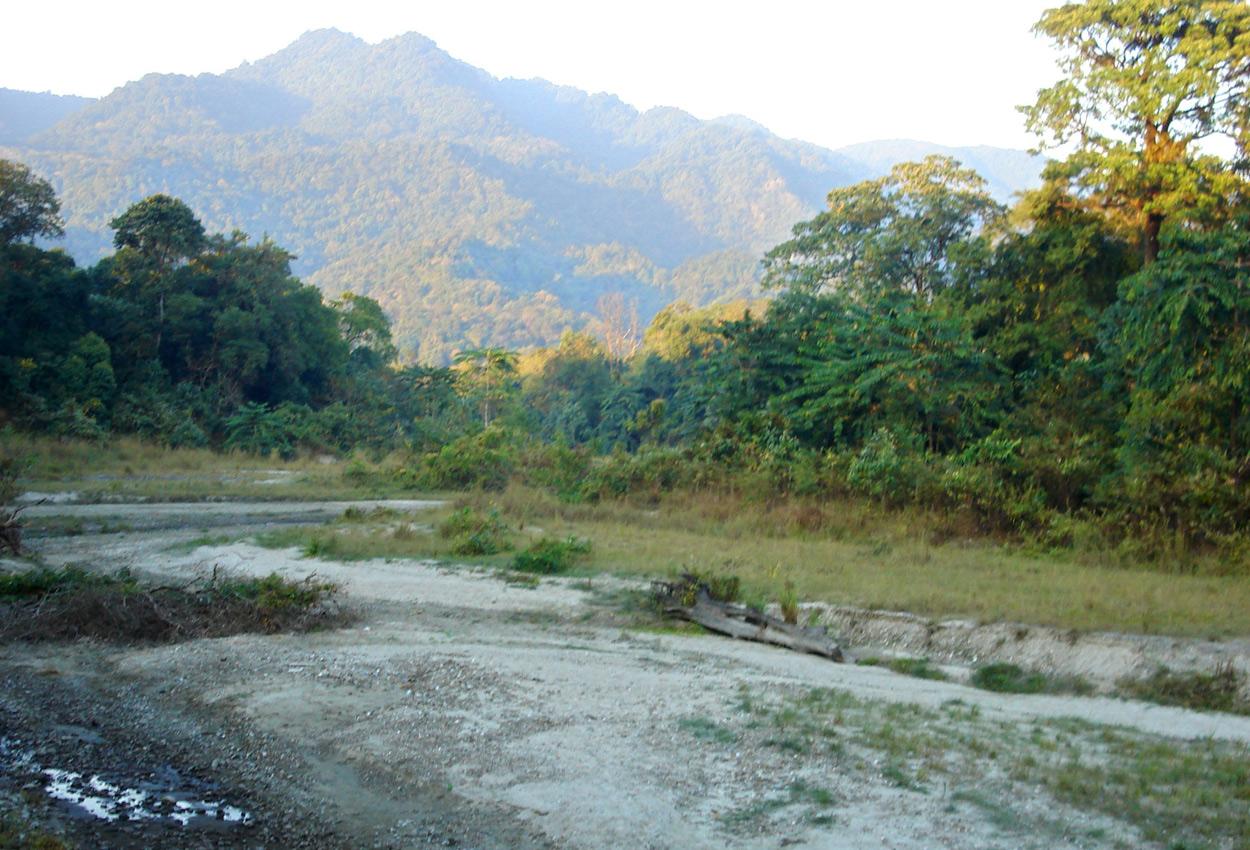
According to Rewilding Ukraine team leader Mykhailo Nesterenko, “These animals are nature’s great engineers. As large bovines, they open up the scrub and reed beds, creating pools and puddles which are home to many insects, amphibians and fish.” They spread seeds far and wide. According to Nesterenko, water buffaloes can disperse more than 200 plant species either through their hair or their droppings. “When we mimic nature, we can even reverse desertification and store carbon dioxide with buffaloes,” says Jacobi, who is a trenchant critic of modern life which he feels is unsustainable. “The modern world wants to be taken seriously but is not sustainable at all.”
But Ukraine is not the only country where efforts at rewilding are underway. A group of people are trying to restore forests in Scotland. Alan Watson Featherstone, executive director of Trees for Life (Scotland), says, “If we want to revive our future for all those other species and for humans as well, we have to stand back from controlling the whole planet and allow nature and the process of evolution to continue. It’s not about turning the clock back or creating some sort of a museum piece. It’s about restarting the clock of evolution which came to a grinding halt.”
Taking a holistic approach further, Featherstone adds, “For us it is crucial to look at the forest not just as trees but as a whole ecosystem and that includes everything from the fungi and micro-organisms in the soil all the way up to the large mammals, most of which are absent in Scotland today. They also fulfil a crucial role in the ecosystem. So, if we are talking about forest restoration, we have to have all the species back again.”
Explaining the need for rewilding, ecologist David Hetherington explains, “Formerly native species had a role to play in the ecosystem. When you remove an animal from the ecosystem, we are talking about not just the loss of an animal but the loss of a function. Some animals, for example beavers, create wetlands.” Several species have been reintroduced in Scotland, including the red kite, the white-tailed sea eagle and the beaver.
At the same time Hetherington raises an ethical question about rewilding—whether it is right to reintroduce animals that have been gone so long. He provides a balanced answer. “We need to find out whether the animal was there in the past and why it died out. We need to find out whether the factors that caused the original extinction are still operating. And if they are, then to try and reintroduce it would be unethical because the animal is simply going to die out again.”
Michel Jacobi, 36, a German now settled in Ukraine, has played a key role in building a small herd of water buffaloes in the Carpathians over the past decade
Are they going to have socio-economic impact and impact on livelihoods, and what impact will they have on other species? These questions, incidentally, come to mind with regard to the reintroduction of the cheetah in Madhya Pradesh, India, recently.
Peter Taylor, British ecological consultant and author, however, is strongly in favour of restoration since in his view it would play a big role in restoring the human race’s lost connection with nature. “We are still a good way away from relating to the animal and plant kingdoms in the way that our ancestors did. I think we actually lost some consciousness in our relationship to nature. If we could reconnect our young people to nature in a more spiritual way, then we will stand some chance of turning this all around.”
The concept of rewilding can be applied to India, where current projects focus on conserving forests and wildlife to the exclusion of people. Within wildlife conservation the most highly visible projects concern the tiger, the elephant and the rhinoceros while other large animals including buffaloes, particularly the semi-domesticated ones, are being ignored. One project on conserving the dwindling population of wild buffaloes is underway in Chhattisgarh. The Wildlife Trust of India (WTI) aims to cordon off forest and wildlife reserves from the people and villages in the area. Other species ‘restocked’ by WTI in the Greater Manas Conservation Project include rhinos, elephants, and clouded leopards. But the emphasis in these projects is on the human-wildlife conflict, rather than on ensuring coexistence that had been the norm in the past.
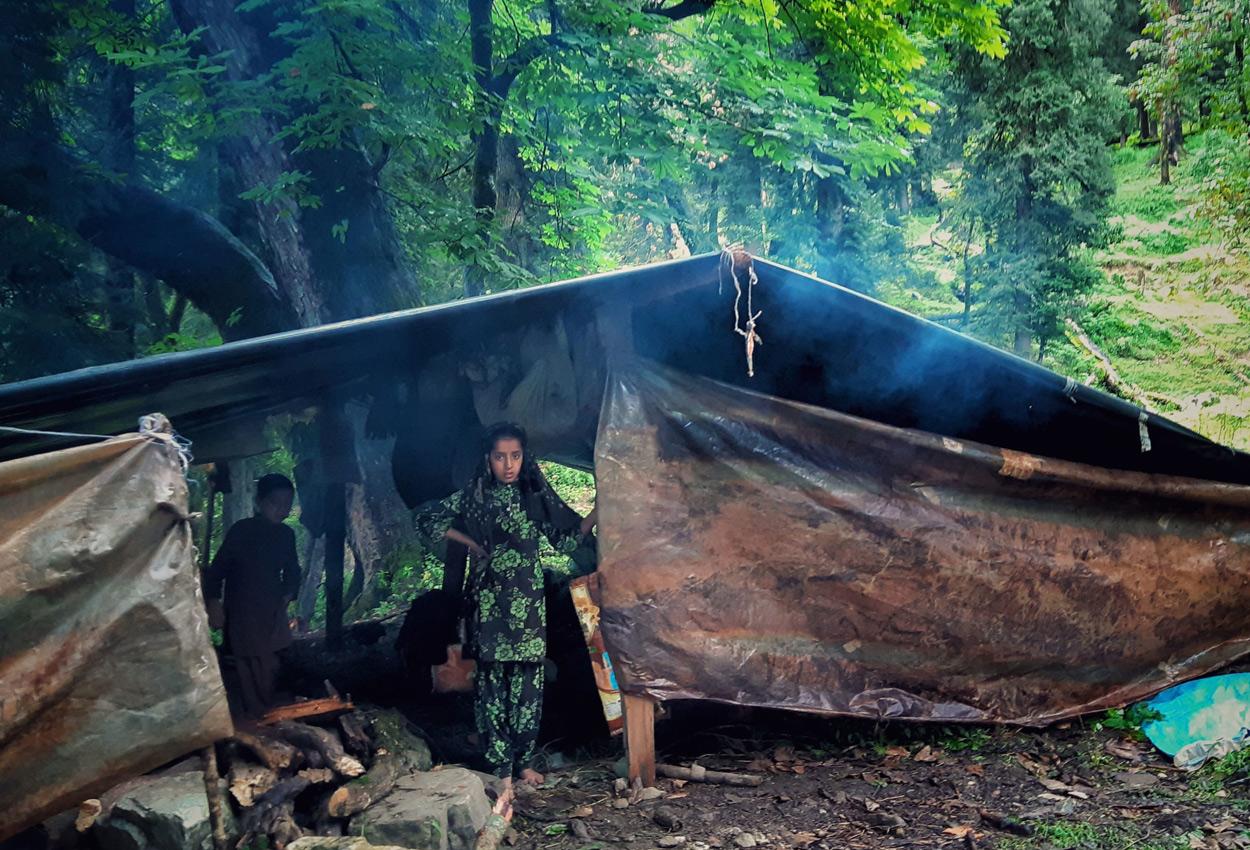
Dr Surendra Pratap Singh, former vice-chancellor of HNB Garhwal University and an expert on the Himalayan forests and grasslands ecosystems, endorses the involvement of local communities in the management of forests. Domestic cattle, he points out, used to keep the ground free of litter herbs and shrubs. Now, with their access to the forests being restricted, biomass is no longer removed, providing fuel for devastating fires. His opinion is borne out by the Van Gujjars of Uttarakhand.
Species ‘restocked’ by WTI in the Greater Manas Conservation Project include rhinos, elephants, and clouded leopards. But the emphasis is on the human-wildlife conflict
The buffaloes of these forest-dwelling nomadic groups are not of the variety that are reared purely for domestic use. These are semi-domesticated Gojri buffaloes and have been part of the fauna and flora. These animals are not only much more resilient to diseases than fully domesticated ones, their dietary habits have evolved through a natural process over centuries, which in turn removes unwanted biomass.
According to Anjum, a young Gujjar woman, dairy buffaloes are unable to stand the rigours of the seasonal nomadic trek to the highland meadows. In addition, there is a clear social organisation within the herds. “There is a leader of the herd among our buffaloes and the younger animals follow the herd leaders to pastures and forest grazing lands.” But, most importantly, these large bovines provide ecosystem services like seed dispersal, clearing undergrowth and creating pools and puddles that are home to many insects, amphibians and fish.
Like Jacobi, the Van Gujjar forest dwellers have deep emotional and social bonds with their buffaloes that have developed over generations. They don’t sell their buffaloes to butchers when they grow old. “We even cross rivers and streams riding on their backs,” says Anjum, testifying to their intimate relationship with buffaloes. In fact, the key to the restoration of forests and wilds may be to use the traditional knowledge and culture of forest dwellers, who have coexisted with animals, birds and trees for centuries. But the environment establishment has mostly been following the policy of driving people out of the forests. The Van Gujjars too are being driven out of forests and forced into sedentary lives, cutting them off from their cultural roots—in which, perhaps, solutions to environment protection can be discovered.

